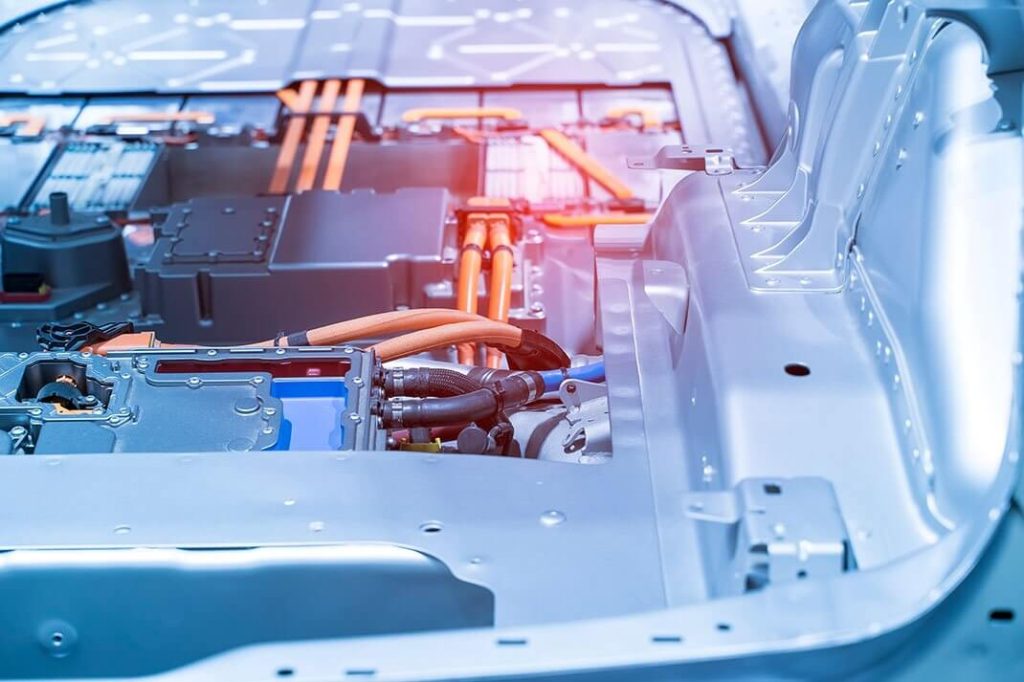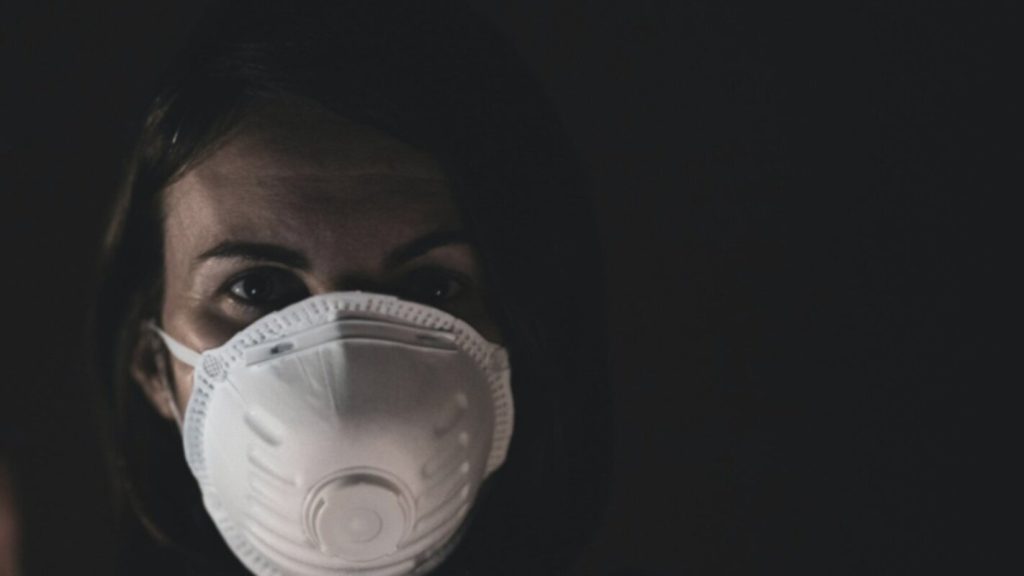Respiratory protection plays a crucial role in safeguarding the health and well-being of workers in the battery manufacturing industry. The production of batteries involves various hazardous substances, including lead, sulfuric acid, and other toxic chemicals, which can pose severe respiratory hazards. Employers in the battery manufacturing sector have a responsibility to identify and control these hazards to ensure the safety and health of their employees. In this guide to respiratory protection in the battery manufacturing industry, we will provide an overview of the respiratory hazards and explore effective measures and techniques for controlling exposure to respiratory hazards including engineering controls, administrative controls, and personal protective equipment (PPE).
What are the different types of battery manufacturing processes?
Lead-Acid Battery Manufacturing
- Lead-acid batteries are commonly used in automobiles, uninterruptible power supply (UPS) systems, and other applications.
- The manufacturing process involves casting lead grids, assembling the battery components, and filling the battery with electrolyte.
- Lead exposure is a significant concern in this process, as lead dust and fumes can be generated during casting and other operations.
Lithium-Ion Battery Manufacturing
- Lithium-ion batteries are widely used in portable electronic devices, electric vehicles, and renewable energy systems.
- The manufacturing process includes electrode preparation, cell assembly, electrolyte filling, and battery pack assembly.
- Although lithium-ion batteries do not typically involve lead exposure, other hazardous substances, such as organic solvents and toxic electrolyte materials, may pose respiratory hazards during manufacturing.
Nickel-Cadmium (Ni-Cd) Battery Manufacturing
- Nickel-cadmium batteries are used in various applications, including emergency lighting, cordless power tools, and medical equipment.
- The manufacturing process involves electrode preparation, assembly, and filling the battery with an electrolyte.
- Cadmium exposure is a significant concern in Ni-Cd battery manufacturing, as cadmium is a toxic heavy metal that can cause severe respiratory and systemic health effects.
Nickel-Metal Hydride (Ni-MH) Battery Manufacturing
- Nickel-metal hydride batteries are commonly found in hybrid vehicles, portable electronics, and power tools.
- The manufacturing process involves electrode preparation, cell assembly, and electrolyte filling.
- While Ni-MH batteries generally do not pose lead or cadmium hazards, other respiratory hazards may be present, such as exposure to toxic electrolyte materials.
Other Battery Manufacturing Processes
- There are various other battery chemistries and manufacturing processes, including zinc-carbon batteries, alkaline batteries, and specialty batteries.
- Each battery chemistry has its unique manufacturing methods and may involve specific respiratory hazards associated with the materials used.
What are some of the respiratory hazards associated with the battery manufacturing process?
Lead and Lead Compounds
Emission of lead dust or fumes during operations like lead melting and casting can lead to respiratory issues, neurological disorders, and reproductive toxicity.
Sulfuric Acid
Inhalation of sulfuric acid mist, extensively used in battery manufacturing for electrolyte production, can cause respiratory irritation, coughing, shortness of breath, and lung damage.
Lithium Compounds
Lithium-ion battery manufacturing involves the use of lithium compounds. Inhalation of lithium dust or fumes can cause respiratory irritation and may have specific health effects depending on the compound used.
Cadmium
Nickel-cadmium (Ni-Cd) batteries contain cadmium, a toxic heavy metal. Exposure to cadmium fumes or dust during the manufacturing process can result in severe respiratory issues, lung damage, and the risk of developing cancer.
Find out more information on Cadmium exposure and how to control it here.
Electrolyte Chemicals
The electrolytes used in battery manufacturing can include various chemicals such as organic solvents, corrosive acids, and other toxic substances. Inhalation of fumes or vapors from these electrolyte chemicals can cause respiratory irritation and other adverse health effects.
Metal Particulates
Battery manufacturing processes may involve the generation of metal particulates, such as nickel, cobalt, or manganese. Inhalation of these fine particles can result in respiratory irritation and, in some cases, lung damage or occupational asthma.
Organic Emissions
Certain battery manufacturing processes, particularly those involving the use of organic solvents or binders, can release volatile organic compounds (VOCs). Inhalation of VOCs can cause respiratory irritation, headaches, dizziness, and in some cases, long-term health effects.
Acidic Gases
During battery production, certain reactions or processes can produce acidic gases, such as hydrogen fluoride (HF) or hydrogen chloride (HCl). Exposure to these gases can lead to respiratory irritation, throat and lung damage, and other health complications.
Thermal Decomposition Byproducts
In cases of battery malfunctions or other incidents, thermal decomposition of battery components can release toxic gases, such as hydrogen gas or toxic fumes. Inhalation of these gases can be hazardous and require proper respiratory protection.
How can we control the hazards associated with battery manufacturing?
Engineering Controls
The most effective method for controlling these hazards is by implementing engineering controls such local exhaust ventilation (LEV) systems. LEV systems capture and remove contaminants at the source before they can be inhaled by the worker in the battery manufacturing facility. LEV systems can be installed at the battery manufacturing workstation to capture and remove hazardous substances, such as lead dust or fumes, directly at the source.
As with welding, utilization of enclosed workstations or booths equipped with appropriate ventilation to contain and control the release of airborne contaminants during battery manufacturing processes can be very effective.
Administrative Controls
Establishment of standard operating procedures (SOPs) that outline safe work practices and protocols for handling hazardous materials are the best way to administratively control exposure to airborne contaminants in the battery manufacturing industry.
Housekeeping will play an important role in the minimization of accumulation of dust and chemicals throughout the facility, inherently reducing overall airborne contaminant exposure.
Some regulatory standards require regular monitoring and air sampling to assess exposure levels and ensure compliance with safety standards. This is a very effective control at minimizing employee exposure levels below the permissible exposure level for those contaminants.
Another potential control would be to develop job rotation schedules to limit individual exposure to hazardous areas or substances.
Providing comprehensive training programs on respiratory hazards, safe work practices, and proper use of personal protective equipment (PPE) is key in ensuring that team members understand the hazards and the expectations for their protection.
Personal Protective Equipment
Only after engineering and administrative controls have been exhausted, can we use personal protective equipment, such as respiratory protection.
The appropriate respiratory protection must be provided to employees that are based on the specific hazards present in the battery manufacturing process. These must be evaluated on a case-by-case basis.
Other PPE may be necessary, including PPE such as gloves, goggles, and protective clothing, to minimize direct contact with hazardous substances.
Find out more about how to conduct a job hazard assessment and determine the appropriate respiratory protection here.
What are the training requirements for employees regarding respiratory protection in the battery manufacturing industry?
Employees must be trained on the proper use, maintenance, and storage of respirators, as well as the respiratory hazards present in the work environment. Training should also cover the limitations and capabilities of respirators and the importance of using them correctly. Employers must provide this training before employees use respirators and at least annually thereafter.
What are the responsibilities of employees regarding respiratory protection in the battery manufacturing industry?
Employees have a responsibility to use respiratory protection correctly, maintain it properly, and report any respiratory hazards or issues to their supervisor. Employees must also participate in respiratory protection training and follow the employer’s policies and procedures regarding respiratory protection.
In the battery manufacturing industry, where workers are exposed to hazardous substances such as lead and sulfuric acid, respiratory protection is paramount. Employers must prioritize the implementation of effective control measures to ensure the safety and well-being of their workforce. This involves a combination of engineering controls, administrative controls, and personal protective equipment (specifically respirators). By following these guidelines, employers can effectively minimize respiratory hazards and protect workers from long-term respiratory problems. A commitment to comprehensive training and employee responsibility further enhances workplace safety in the battery manufacturing industry.
A critical and required step before allowing employees to wear respirators is to conduct a medical evaluation. Vest’s Respirator Clearance system can assist your organization with completion of the Medical Evaluation Questionnaire to medically qualify employees for respirator use. Speak with a Vest representative about respirator clearance.
OSHA Reference: https://www.osha.gov/battery-manufacturing



